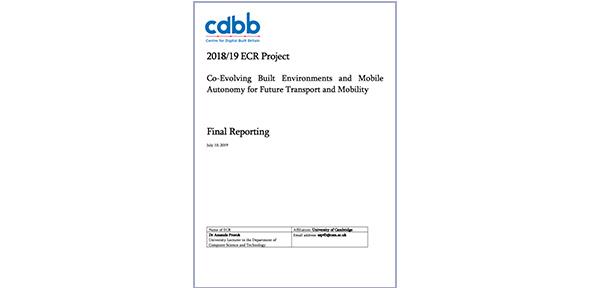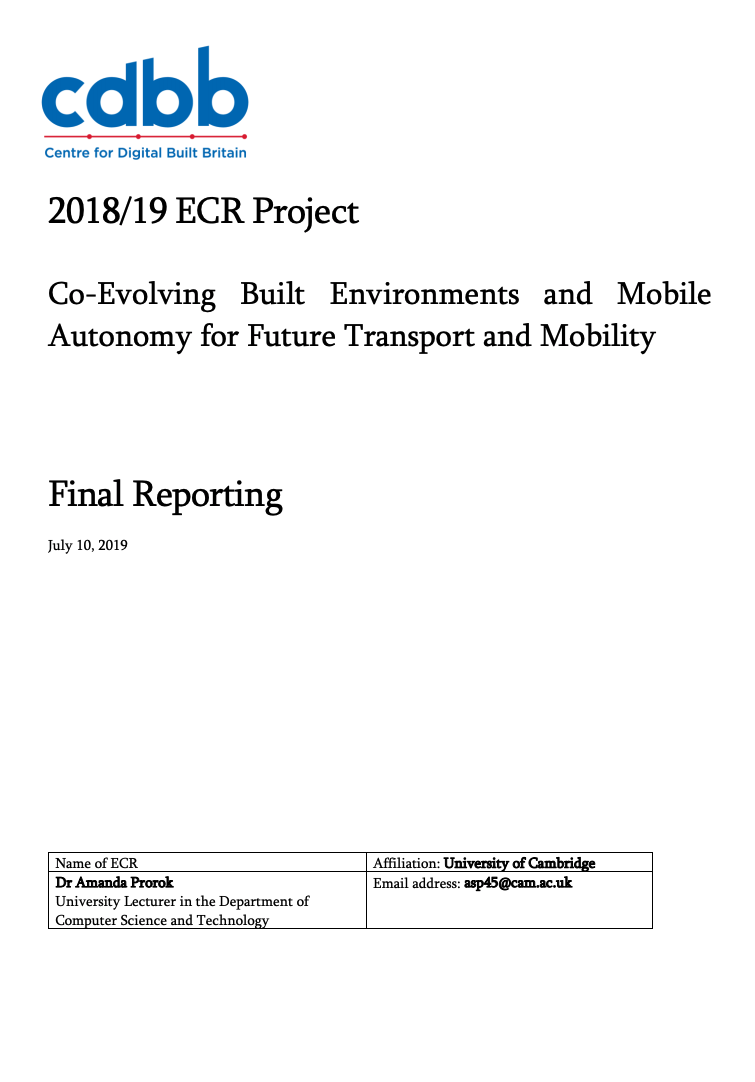
Submitted by Angela Walters on Wed, 10/07/2019 - 10:28
Project background
What would an autonomous vehicle’s dream city look like?
Autonomous navigation is a hard problem that is compounded by the unpredictability and dynamics of urban environments. As we re-think and re-design our built environments, we have the opportunity to transform them so that autonomous vehicles can navigate efficiently and robustly. The main idea behind this project is to tackle the challenges of autonomous navigation by considering the coupling of the autonomous vehicles with the environments in which they operate.
Outcomes
This project provides new tools in support of a novel framework that can enhance the autonomy of vehicles based on specially designed built environments. We studied how perceptive infrastructure can increase the robustness of autonomous systems in complex, dynamic scenarios by providing contextual information that facilitates resilient path planning over longer time-horizons, beyond a vehicle’s local line-of-sight and field-of-view. We also provide solutions to large-scale problems that include hundreds or thousands of different integrated sensor nodes and accommodate variables and constraints that are encountered in the built environment.
Method
Prototyping
People
Research Collaborators:
- Jiayi Zhao
- Subhrajit Bhattacharya
- Wenying Wu
Project
Co-Evolving Built Environments and Mobile Autonomy for Future Transport and Mobility

